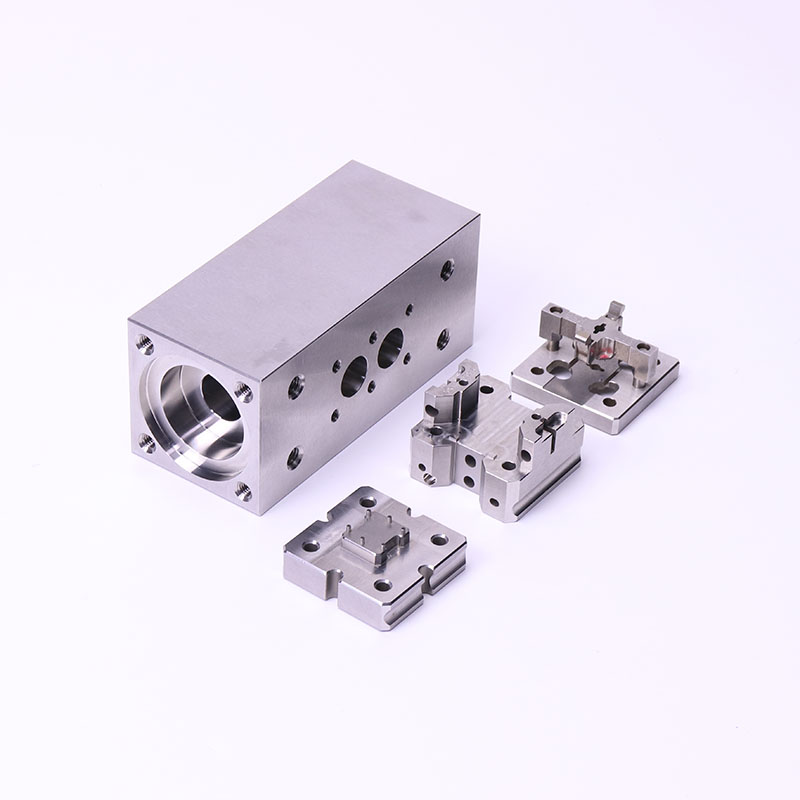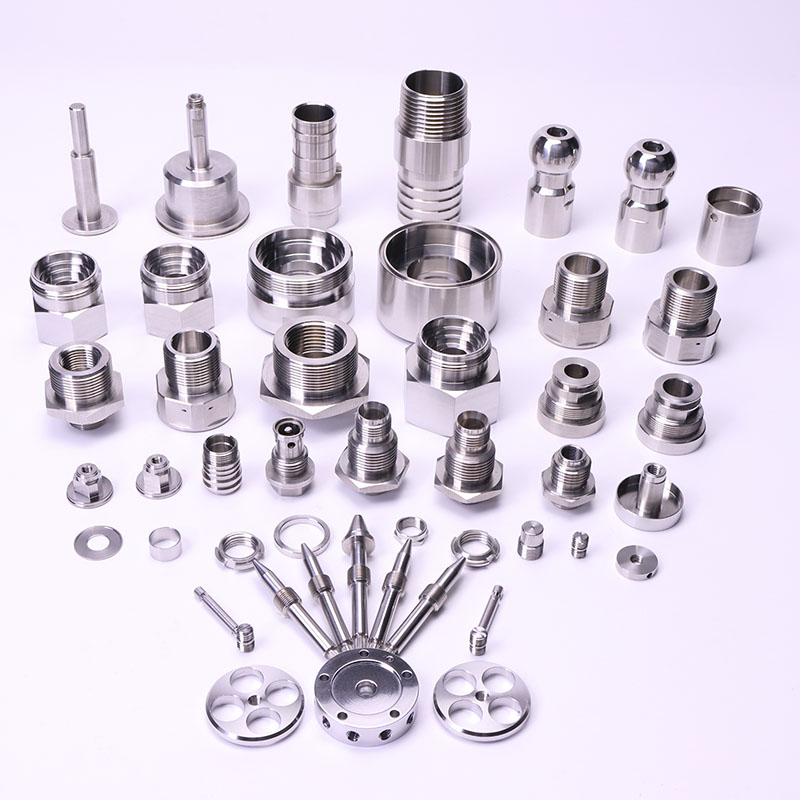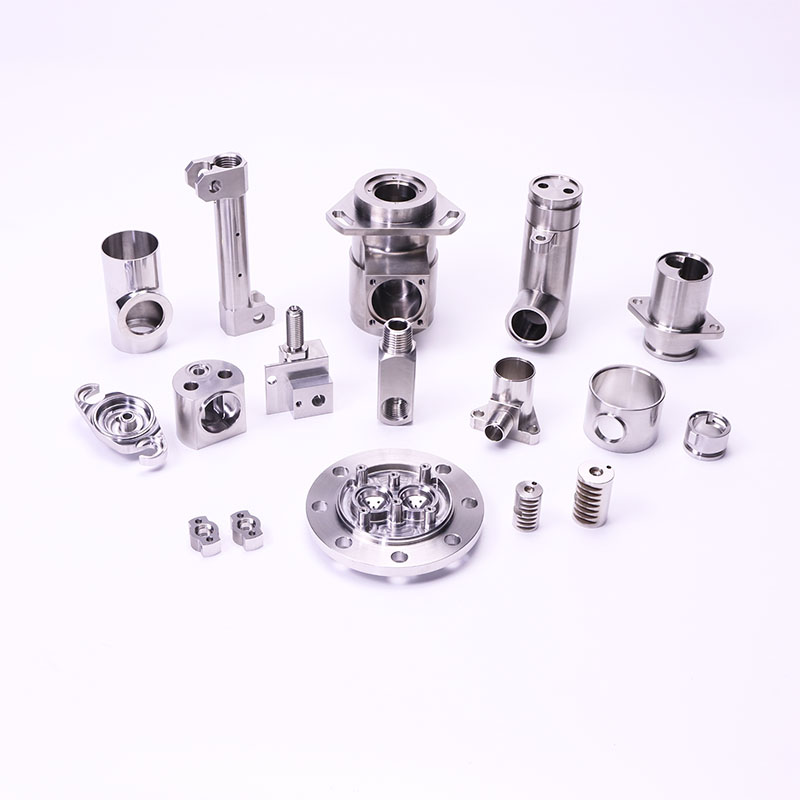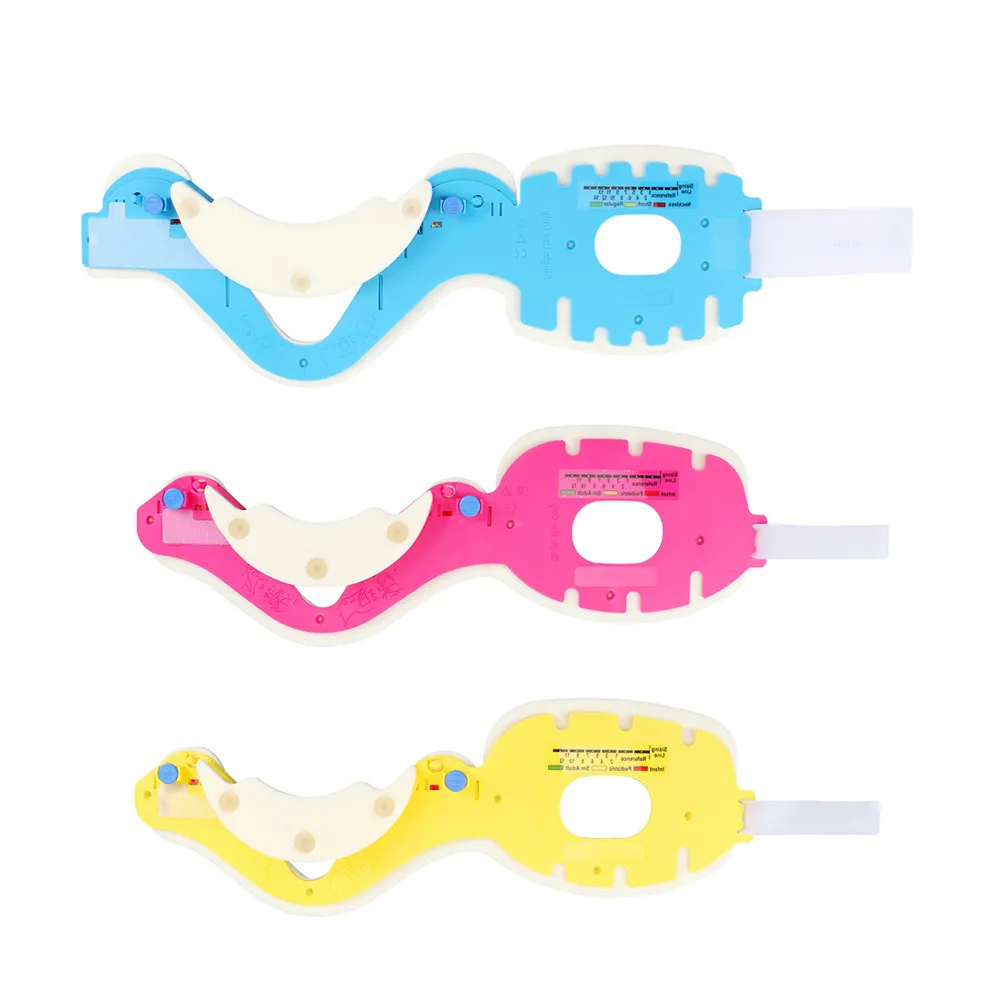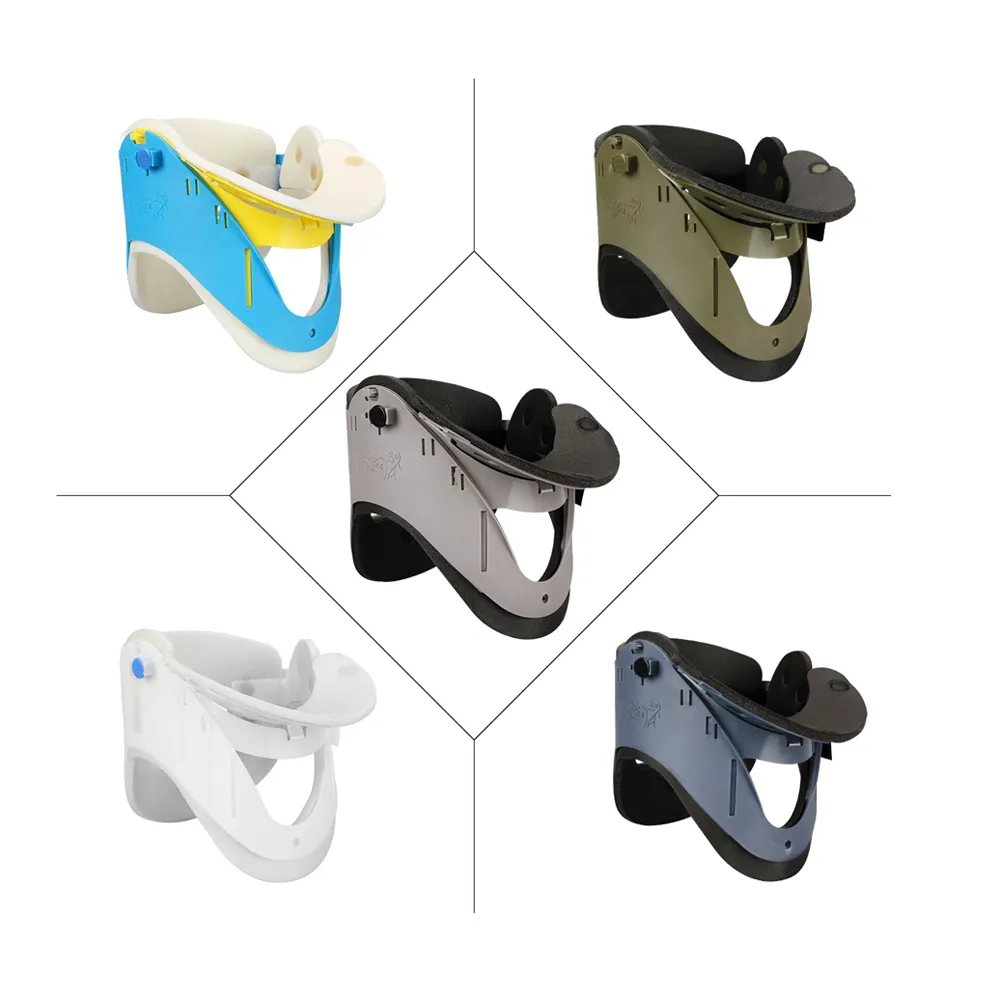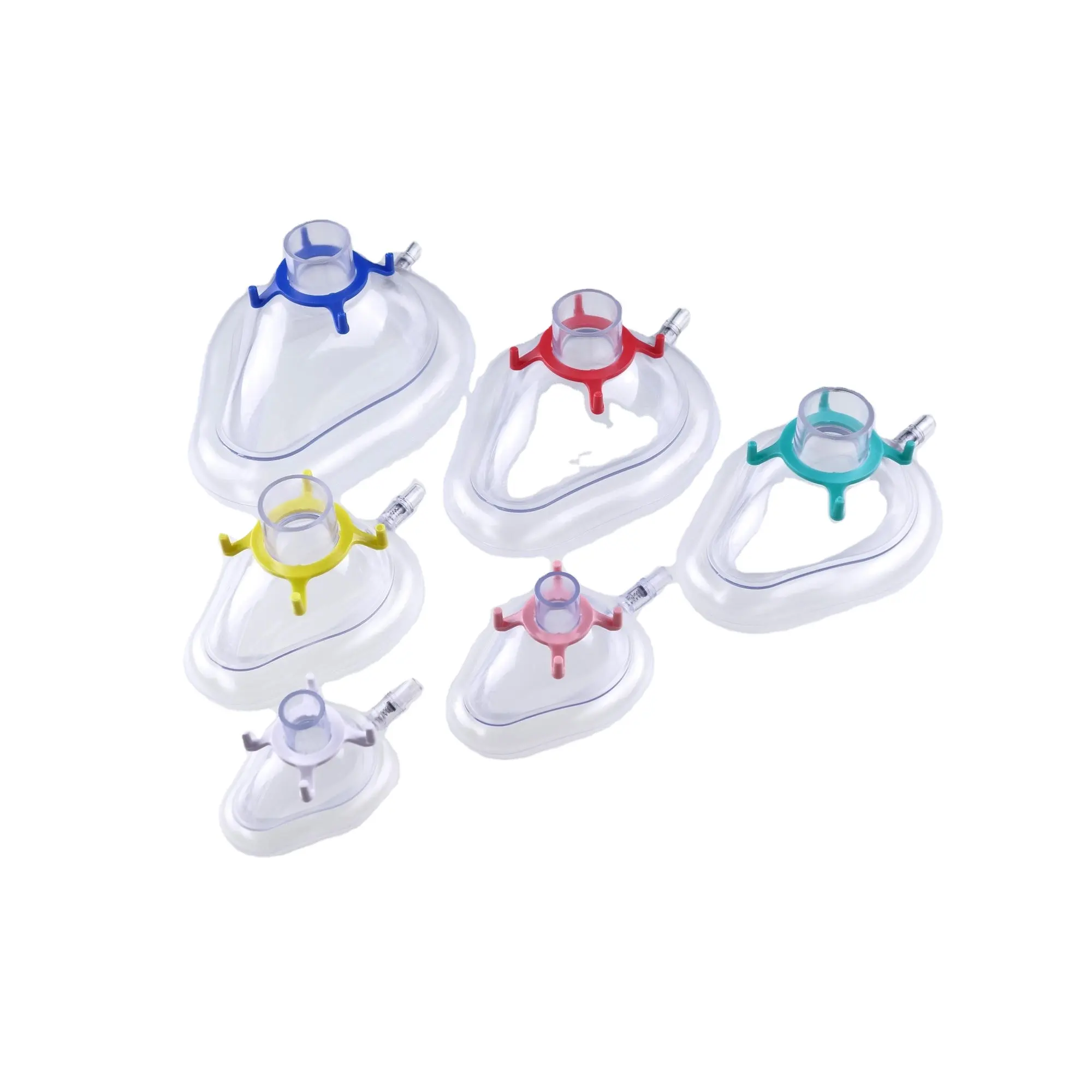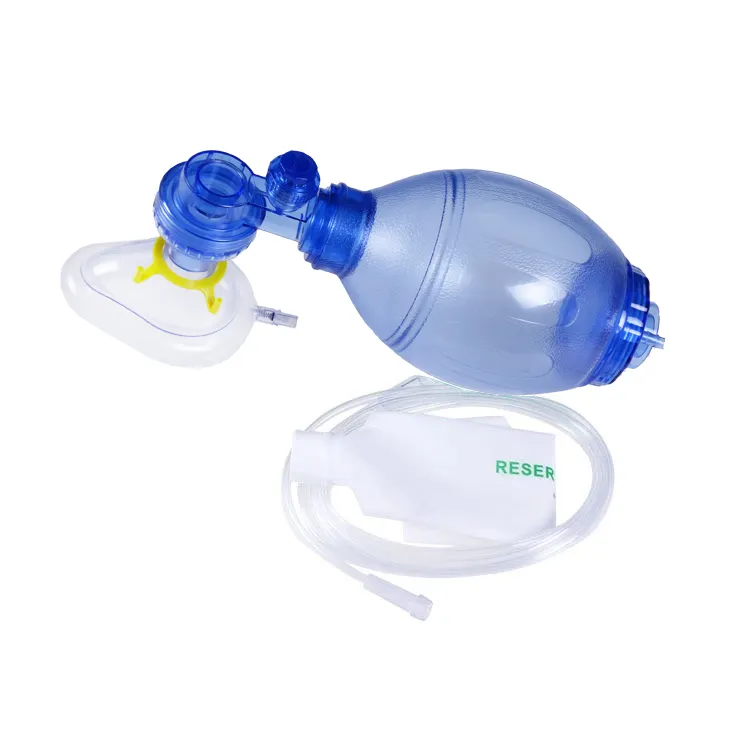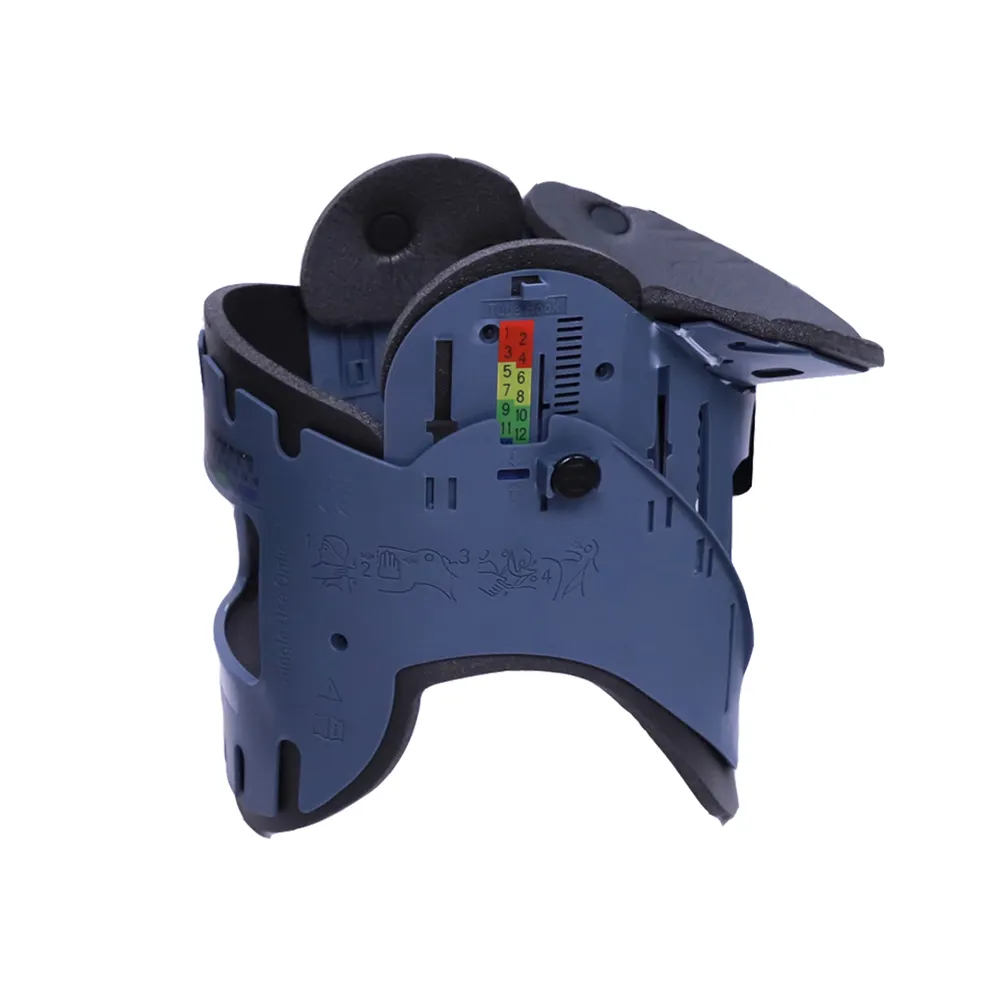Abstract
In the modern era of manufacturing, titanium has become a critical material in the aerospace, automotive, and medical industries due to its high strength-to-weight ratio, corrosion resistance, and performance under extreme conditions. One of the leading technologies shaping the precision machining of titanium is CNC machining. This article explores what CNC means in the context of machining titanium, delving into its intricacies and the reasons why it is preferred for working with this tough, versatile metal. We’ll also examine case studies and technical data to shed light on the importance of accurate control, especially when dealing with such a demanding material.
1. Introduction to CNC Machining
1.1 Overview of CNC Machining
CNC, which stands for Computer Numerical Control, is a modern automated method for controlling machine tools. Through pre-programmed computer software, CNC machines control the movement of tools like lathes, mills, and routers, transforming raw materials such as metals into precise components. In industries such as aerospace, automotive, and medical, CNC machining plays an essential role in delivering complex parts with tight tolerances.
1.2 Why Titanium?
Titanium is renowned for its exceptional properties, such as low density, high strength, and excellent corrosion resistance, making it an ideal choice for high-performance applications. However, titanium is also notorious for its machining difficulty due to its hardness and poor thermal conductivity. This is where CNC machining proves invaluable. Precision, repeatability, and the ability to work with difficult materials are crucial aspects of why CNC machining is the preferred method for machining titanium.
2. CNC Machining in Titanium: A Technical Breakdown
2.1 Titanium’s Unique Challenges
The physical properties of titanium create challenges such as tool wear, heat generation, and workpiece distortion. Titanium tends to "stick" to cutting tools, causing faster degradation of the tool, while its low thermal conductivity leads to localized heat, which can further increase the wear rate. CNC machines help alleviate these issues through accurate control over cutting speeds, feed rates, and coolant application.
2.2 Dynamic Transformation and Surface Treatment
Based on findings from the paper "Formation Mechanism and Prediction Model of Macro Clear Grains in Near α Titanium Alloy Aviation Forgings," the thermal dynamics of titanium during machining play a crucial role. Dynamic transformation occurs when machining temperatures exceed certain thresholds, leading to grain coarsening. Proper surface treatment, such as high-pressure cooling and precision control of feed rates, can mitigate these effects, resulting in better surface quality and tool longevity.
2.3 Multi-Axis Machining
Another advantage of CNC technology in machining titanium is the availability of multi-axis machining. CNC machines with 5 or more axes allow the cutting tool to approach the workpiece from different angles, minimizing the number of setups and enhancing accuracy. This capability is particularly beneficial when machining complex aerospace components such as titanium forgings, where maintaining structural integrity is essential.
3. Machining Titanium in Aerospace: Case Studies
3.1 The Use of CNC in Aerospace Components
A prime example of CNC machining’s importance in the aerospace industry is the production of titanium parts for aircraft structures. Titanium’s resistance to extreme temperatures and corrosion is critical in aerospace applications, but its toughness requires precise machining processes. Companies like Boeing have integrated CNC machining into their production lines to manufacture critical parts such as landing gear and engine components. These parts must meet strict aerospace standards, including minimal residual stress and surface integrity.
3.2 Case Study: Near α Titanium Alloys in Jet Engines
Drawing from the research of "Formation Mechanism and Prediction Model of Macro Clear Grains in Near α Titanium Alloy Aviation Forgings," titanium alloys, particularly near α alloys, are often used in high-stress areas of jet engines. CNC machining these alloys requires careful monitoring of grain size and heat distribution to avoid surface defects that could compromise the component's performance. The research shows that dynamic transformation at high temperatures can lead to grain coarsening, which CNC machines help control by regulating machining speeds and thermal input.
4. CNC Machining and Surface Integrity
4.1 Importance of Surface Treatment
Proper surface integrity is crucial when machining titanium for aerospace and medical applications. A rough surface or residual stress can weaken the component and lead to failure under operational stress. Techniques like ultrasonic-assisted machining or cryogenic cooling can be used in CNC processes to improve surface finish and extend tool life.
4.2 Case Study: Medical Implants
In the medical field, CNC machining is widely used to produce titanium implants. These implants must be manufactured to precise dimensions with smooth, defect-free surfaces. Surface treatments such as passivation and anodization are commonly used after machining to enhance the corrosion resistance and biocompatibility of titanium implants. CNC machining ensures that these surfaces meet strict regulatory requirements for medical devices.
5. The Future of Machining Titanium with CNC Technology
5.1 Advancements in Tooling and Process Optimization
Recent developments in cutting tool materials, such as carbide and diamond-coated tools, have significantly improved the efficiency of machining titanium. Paired with CNC machines, these advancements have reduced tool wear and enabled higher cutting speeds without compromising part quality. Additionally, machine learning and artificial intelligence (AI) are being integrated into CNC systems to further optimize machining parameters, reducing material waste and enhancing precision.
5.2 Environmental and Economic Considerations
As industries seek to reduce their environmental footprint, CNC machining has an important role in reducing material waste, particularly when machining expensive metals like titanium. The ability to automate and fine-tune the machining process ensures less scrap, while multi-axis machining reduces the need for multiple setups, saving time and energy.
6. Conclusion
CNC machining has revolutionized the process of machining titanium, offering unparalleled precision and control over an otherwise challenging material. From aerospace components to medical implants, the ability to tailor machining parameters to titanium’s unique properties is invaluable. As new technologies and processes emerge, CNC machining will continue to evolve, ensuring that titanium can be used in ever more demanding applications. By leveraging advanced tooling, surface treatments, and cutting-edge CNC systems, industries can unlock the full potential of this remarkable metal.

